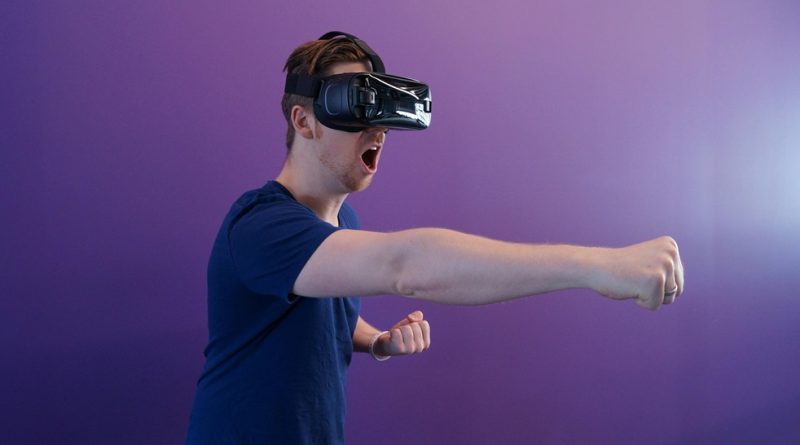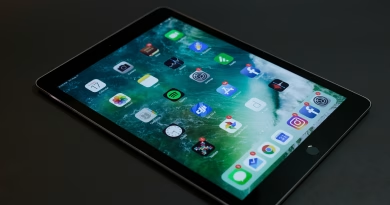The Race for Your Face: A Showdown of the Latest AR Glasses
Remember the hype around Google Glass? It promised a revolutionary future where information seamlessly overlaid our reality, but it ultimately fizzled out, feeling more like a clumsy prototype than a must-have gadget. Fast forward a decade, and the vision of augmented reality glasses is not only alive but rapidly evolving. The “race for your face” is officially on, with tech giants and nimble startups alike vying to put the next generation of smart eyewear on our noses.
This isn’t just about notifications floating in your periphery anymore. The latest crop of AR glasses aims to be true companions, capable of blending digital information with the real world in meaningful and increasingly stylish ways. From enhancing productivity and navigation to delivering immersive entertainment, the potential is vast. But which contenders are leading the pack, and are they finally ready for prime time? Let’s dive into a head-to-head showdown of some of the most anticipated AR glasses hitting the market in 2025.
The Heavyweight Contenders
Apple Vision Pro (Mentioned for Context): While technically a “spatial computer,” the Vision Pro has undeniably set a new benchmark (and price point) for immersive experiences. Its high-fidelity passthrough and intuitive hand-tracking are groundbreaking, showcasing the potential of deeply integrated AR/VR. However, its bulk and hefty price tag keep it in a different category for now, more of a powerful workstation than everyday eyewear.
Google Project Iris (Rumored): Google, having learned from its Glass experiment, is reportedly taking a more measured approach with “Project Iris.” Details are still scarce, but rumors suggest a focus on practical everyday use cases, seamless integration with Android, and a more consumer-friendly design and price compared to the Vision Pro. The expectation is a strong emphasis on AI-powered contextual information and improved battery life.
Meta Ray-Ban Smart Glasses (Next Gen): Meta’s collaboration with Ray-Ban has already produced stylish smart glasses capable of capturing photos and videos. The next iteration is heavily anticipated to incorporate more advanced AR overlays, potentially leveraging Meta’s growing AI capabilities and metaverse ambitions. The key here is likely to be blending technology seamlessly into a fashionable design that people will actually want to wear.
The Agile Upstarts
XREAL Air 2 Ultra: Building on the success of their tethered AR glasses, XREAL is pushing the boundaries of accessibility and functionality. The Air 2 Ultra promises improved display quality, enhanced 6DoF (six degrees of freedom) tracking for more interactive experiences, and a growing ecosystem of compatible applications. Their focus remains on providing a high-quality AR experience at a more competitive price point, primarily targeting media consumption and portable productivity.
Vuzix Shield: Vuzix has a long history in enterprise AR solutions, and the Shield represents their push into a more consumer-friendly (though still business-focused) segment. These glasses boast a sleek design, powerful processing capabilities, and a clear microLED display. While initially targeting frontline workers and field technicians, the underlying technology and design are indicative of where consumer AR glasses could be heading in terms of power and form factor.
The Verdict (So Far)
The race for your face is far from over, and no clear winner has emerged. Each contender is taking a different approach, targeting various user needs and price points. Apple is pushing the limits of immersive experiences, while Google and Meta are likely aiming for broader consumer appeal with a focus on everyday utility and style. XREAL and Vuzix are bridging the gap, offering increasingly capable AR at potentially more accessible price points.
The ultimate success of AR glasses will hinge on several factors: comfortable and stylish design, compelling and practical use cases, seamless software integration, and a price that mainstream consumers can stomach. While the “flop” of early attempts is a cautionary tale, the advancements in display technology, battery life, and processing power suggest that the future where we seamlessly interact with a digital layer overlaid on our world is closer than ever before. Keep your eyes peeled – the next revolutionary gadget might just be the one you wear on your face.




